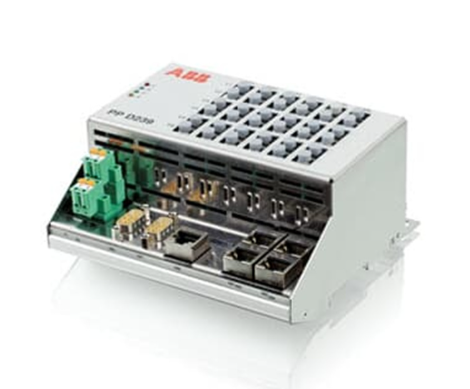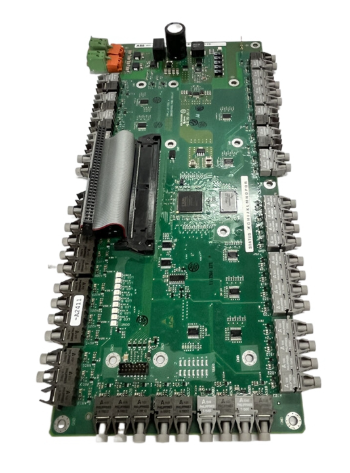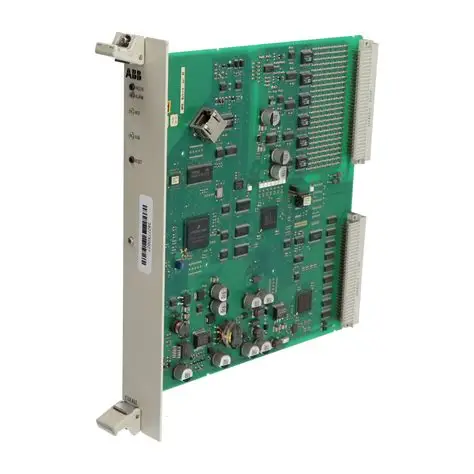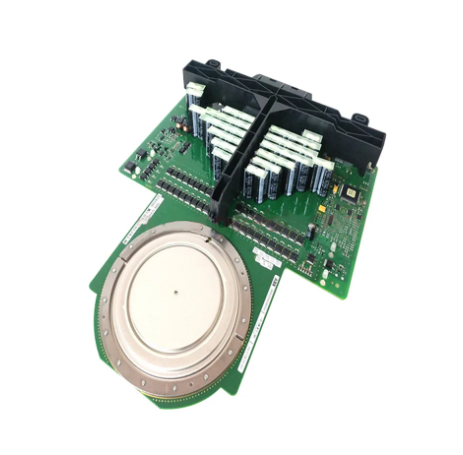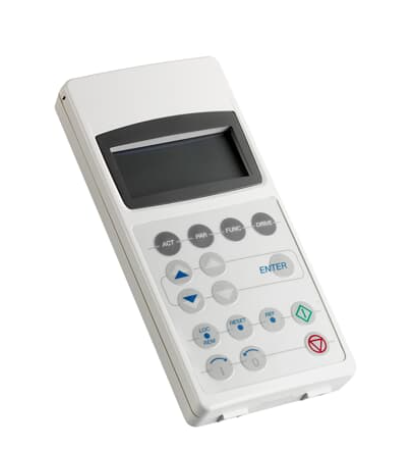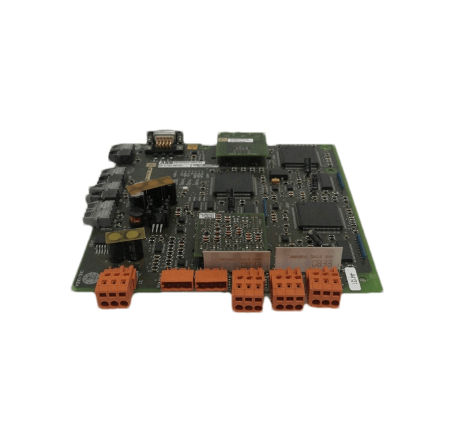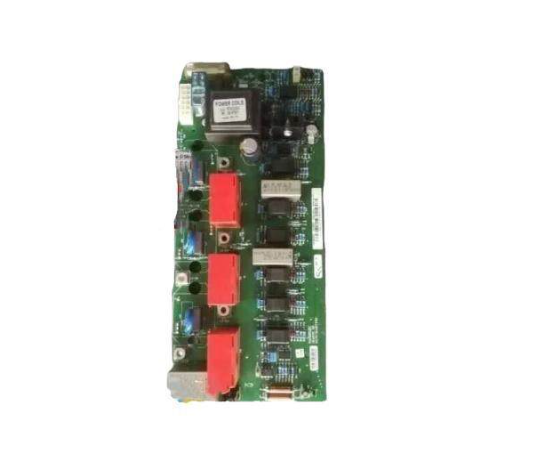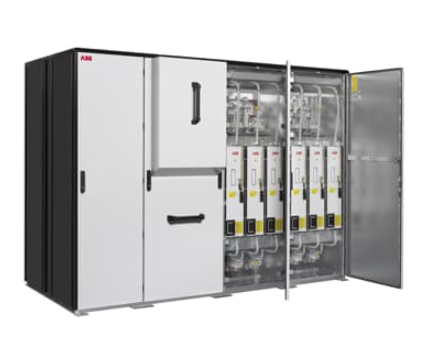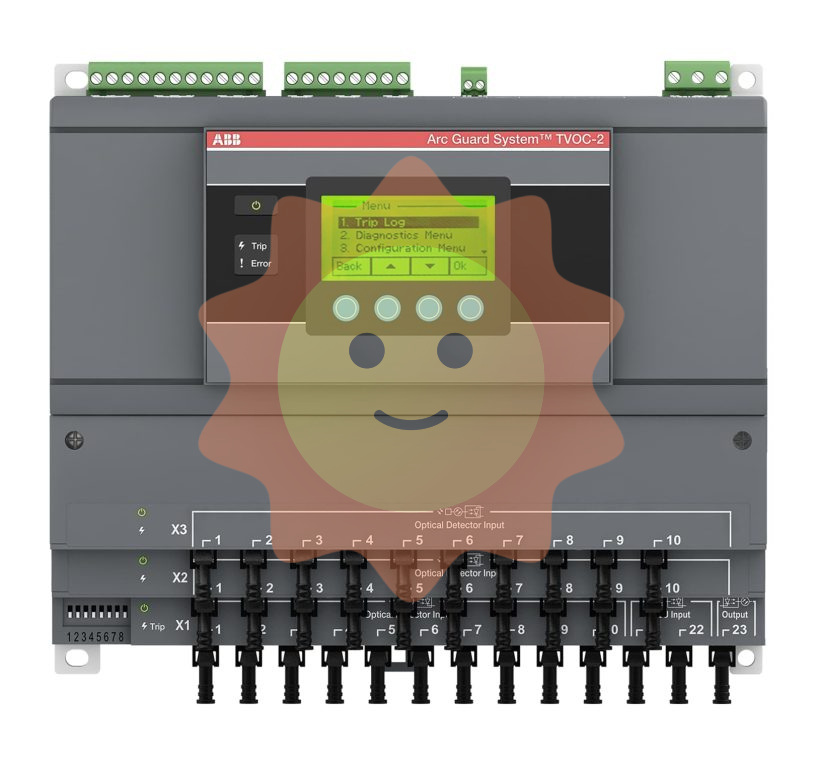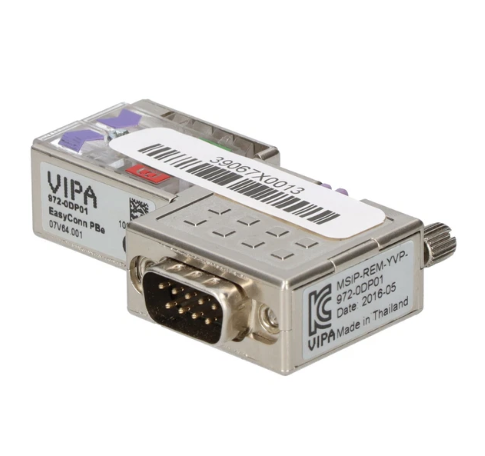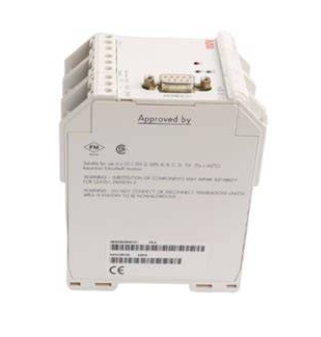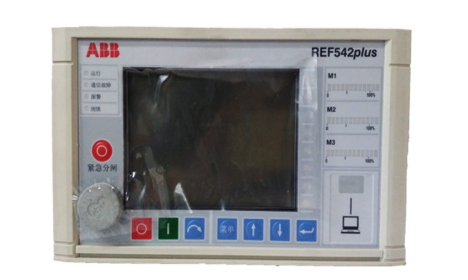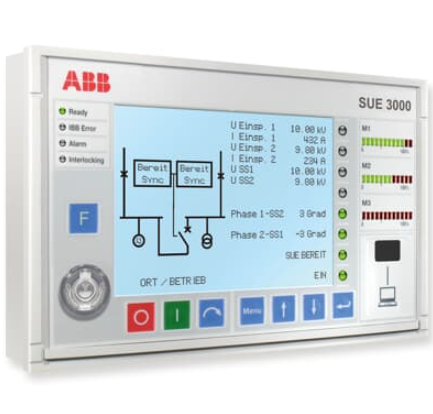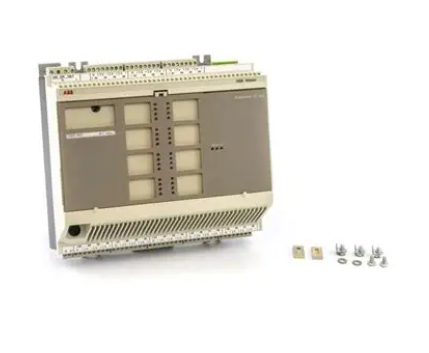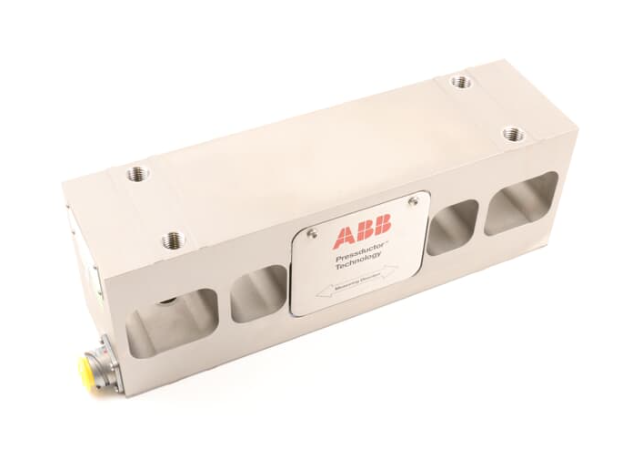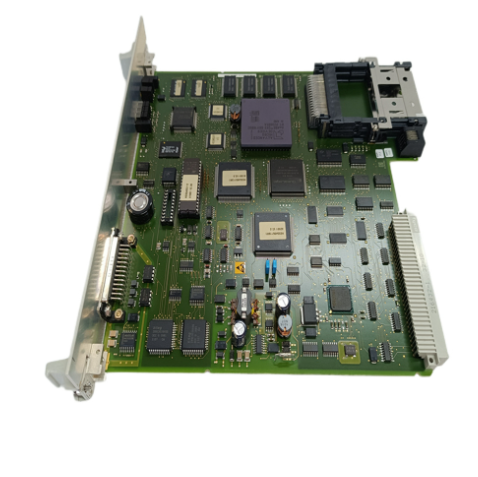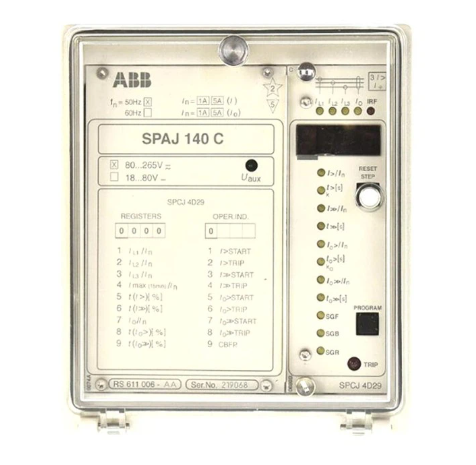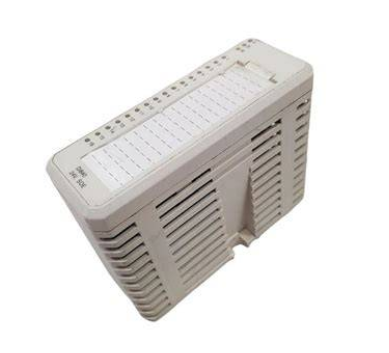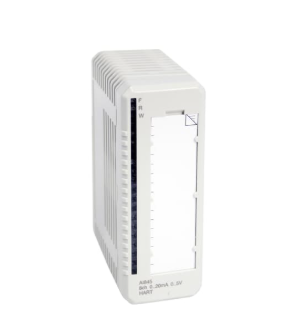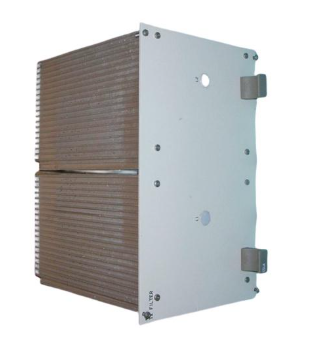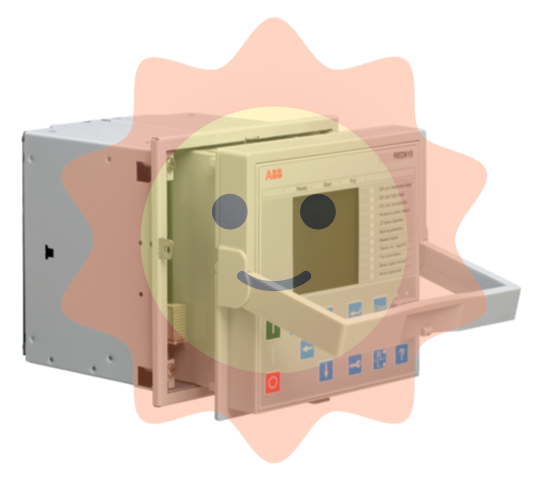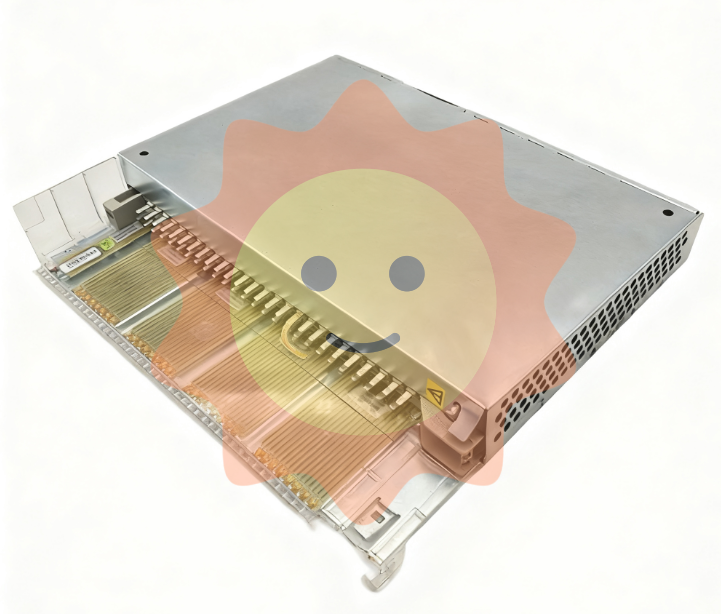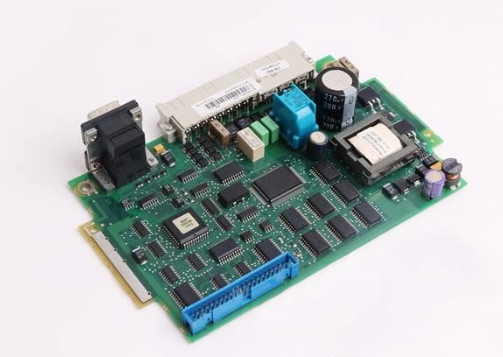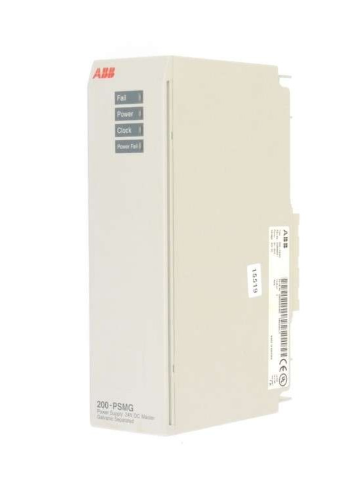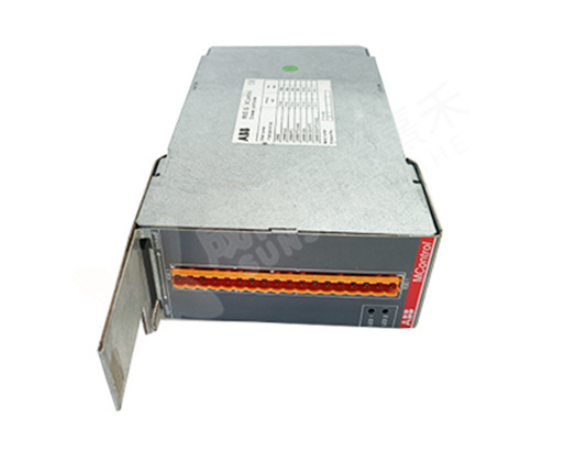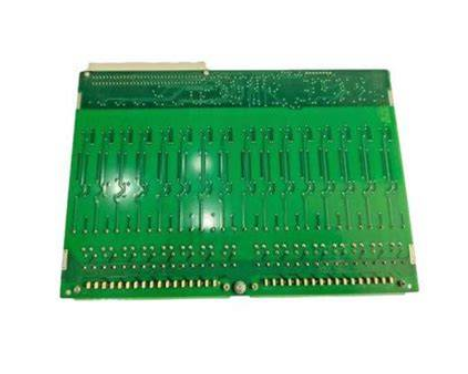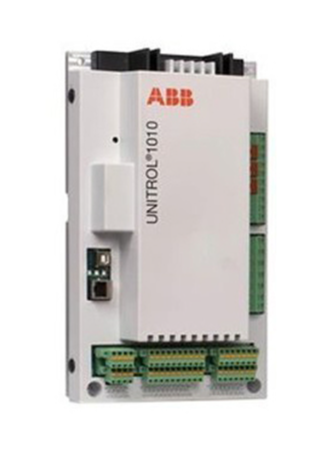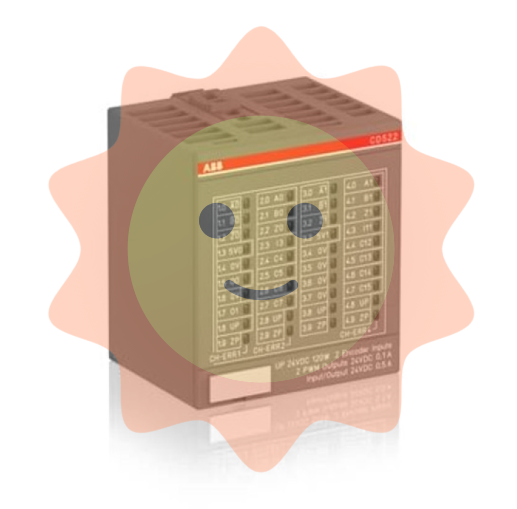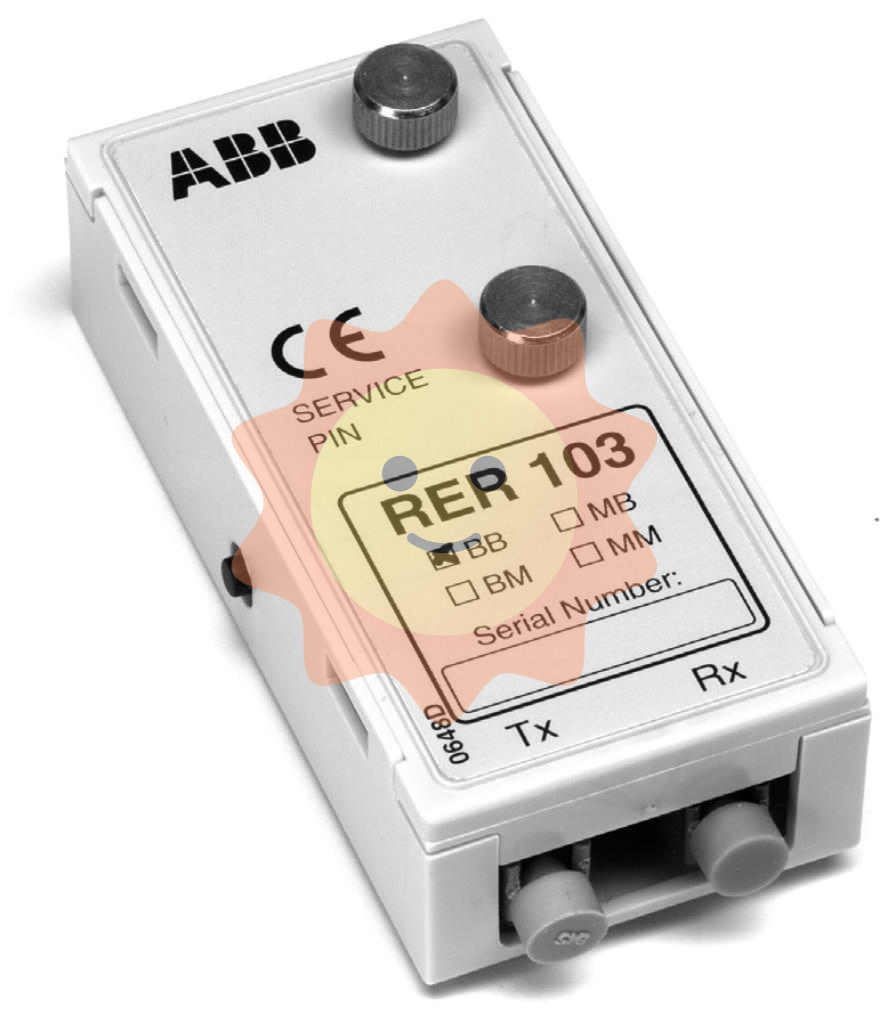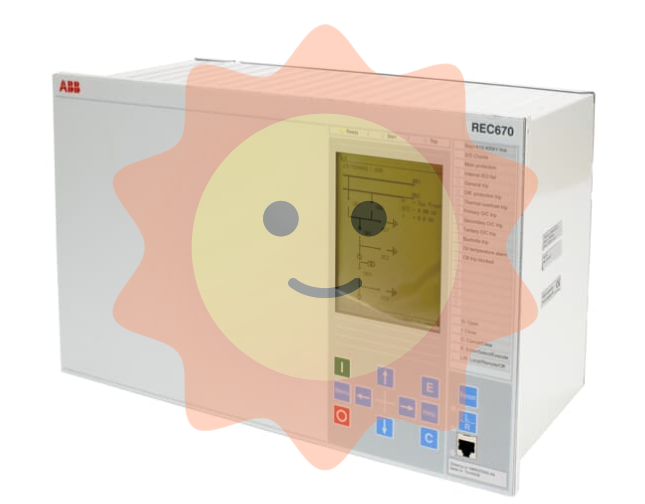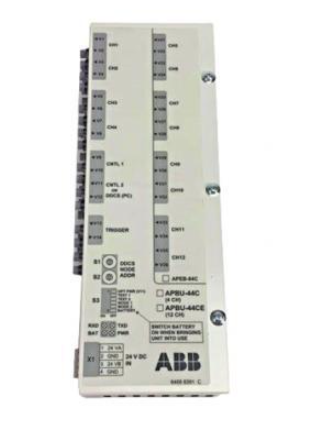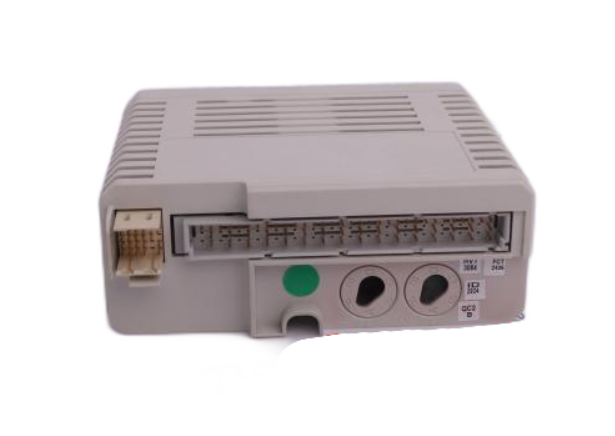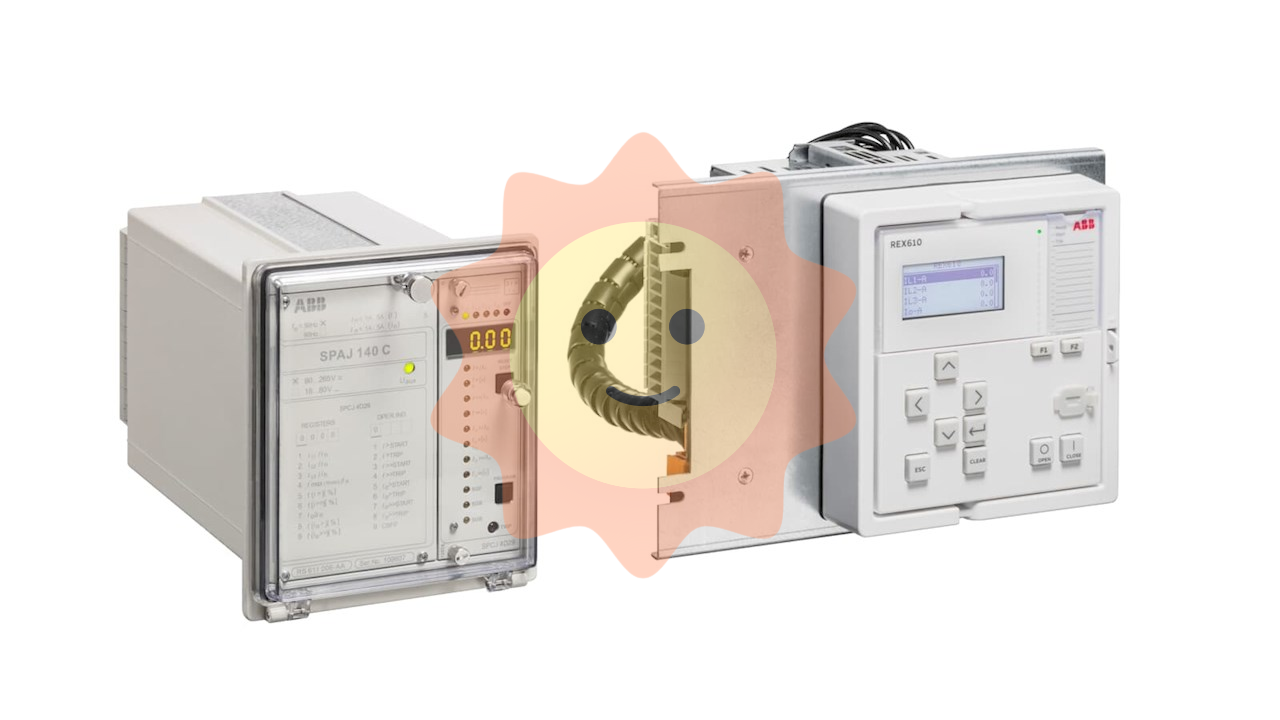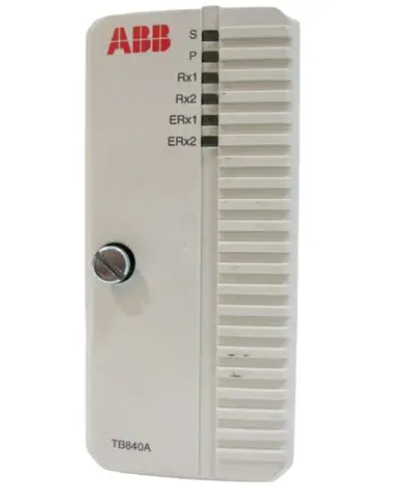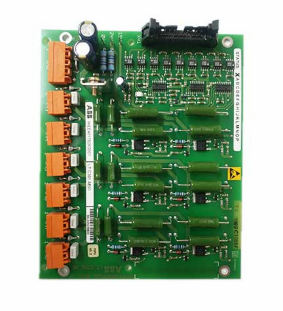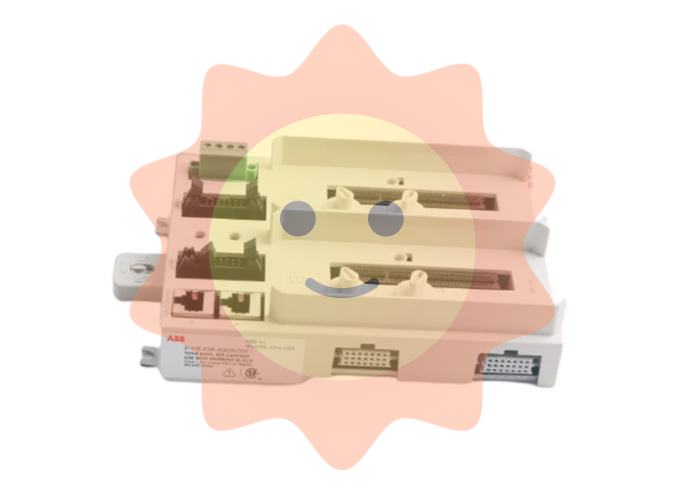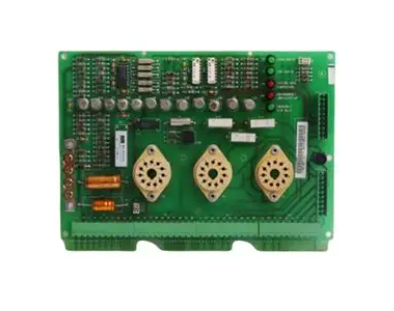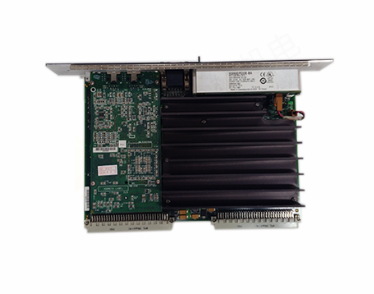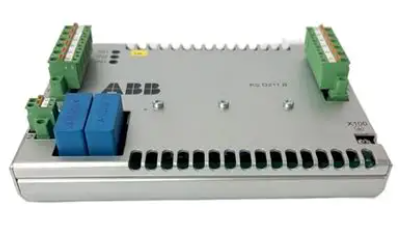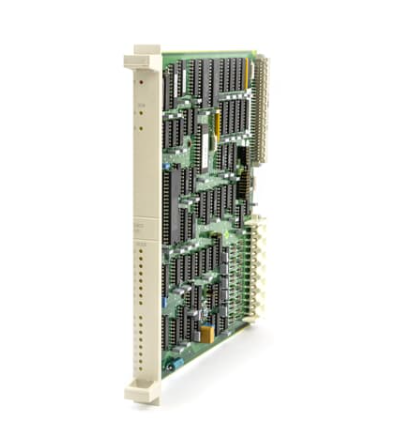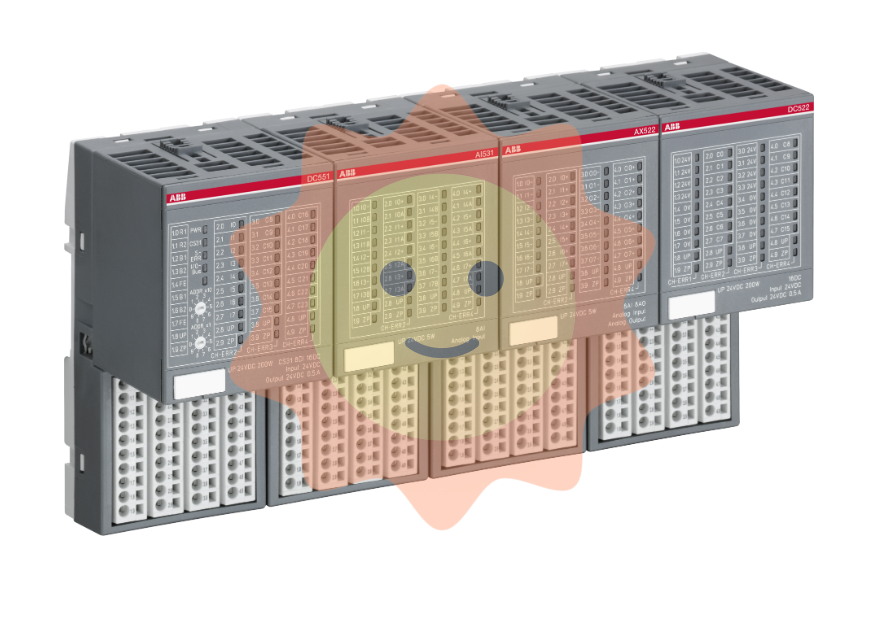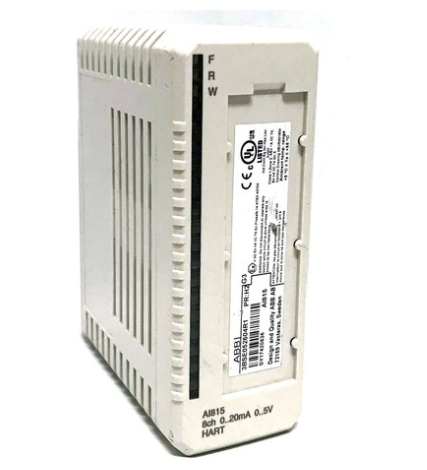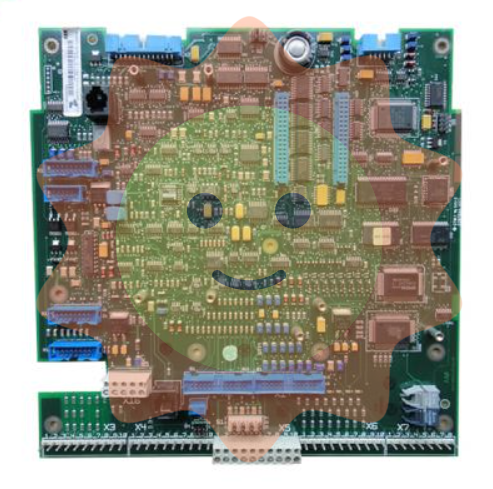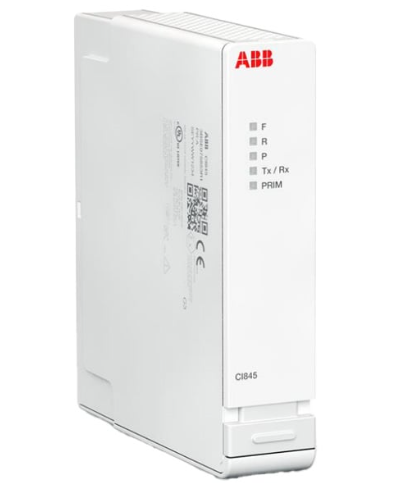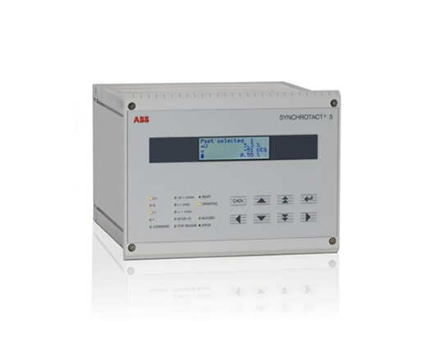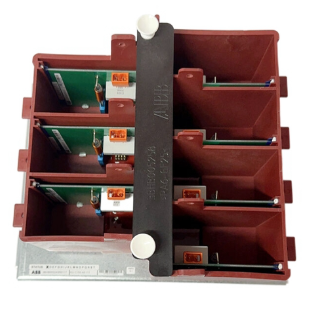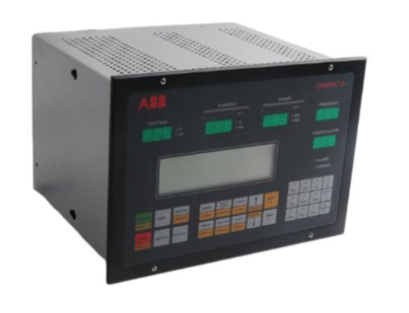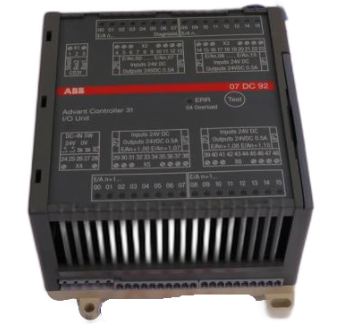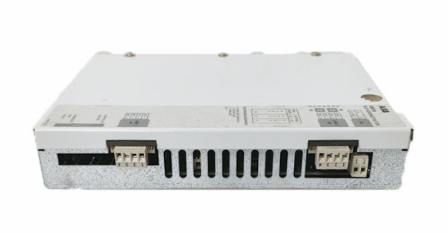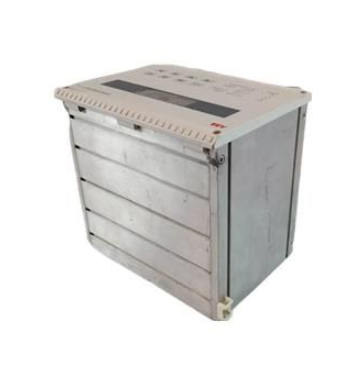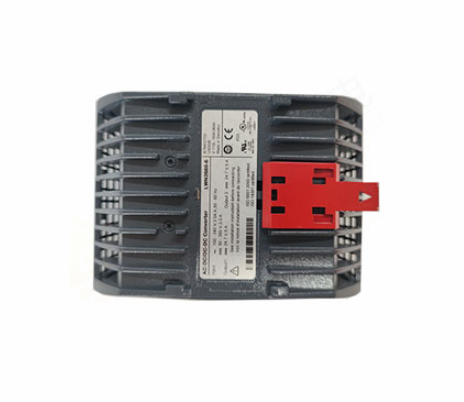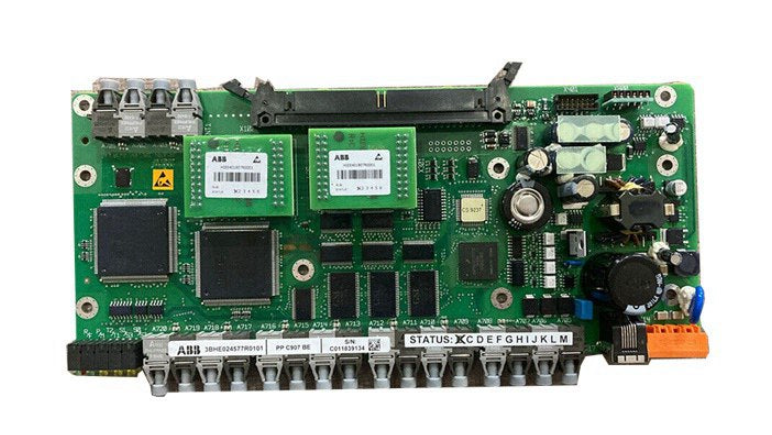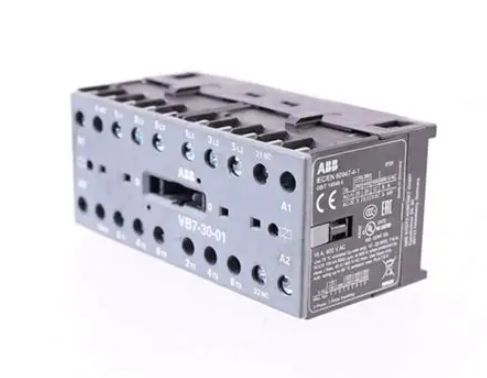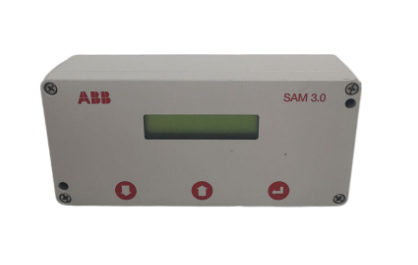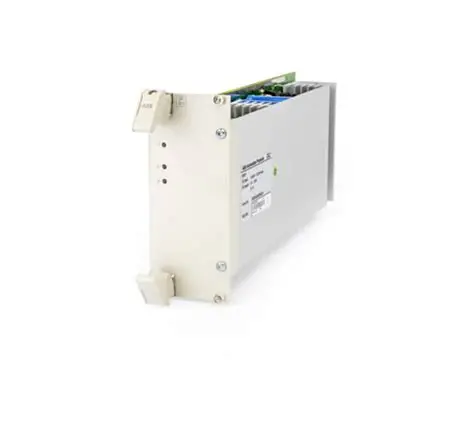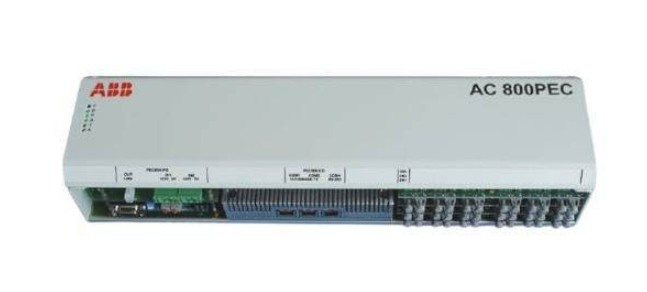ALSTOM AS111-1 control board
ALSTOM AS111-1 control board
Product Overview
The Alstom AS111-1 control board is a core component designed specifically for industrial automation control requirements. It integrates advanced hardware architecture and intelligent control algorithms, with powerful data processing and precise control capabilities. It can efficiently monitor and adjust the operating status of industrial equipment, ensuring the stability and efficiency of the production process. This control board can seamlessly integrate with various industrial equipment and systems, and is widely used in industries such as power, manufacturing, and transportation. It is an important support for achieving industrial automation and intelligent upgrading.
Specification parameters
Power parameters: Supports DC 24V or AC 220V power supply, with ± 10% voltage fluctuation adaptability, ensuring stable operation in unstable power grid environments
Communication interface: equipped with Ethernet interface, supporting Modbus TCP, Profinet and other protocols; Equipped with RS485 and RS232 interfaces, compatible with Modbus RTU and Profibus DP protocols, facilitating communication with PLC, DCS systems, and other devices
input/output channel
Analog input: 8-12 channels, precision 12-14 bits, used for collecting temperature, pressure and other signals; Analog output: 4-6 channels, used for controlling valves and motors; Digital input/output: 16-24 channels each, to achieve device start stop and status monitoring
Working environment: Working temperature range of -20 ℃ -60 ℃, relative humidity of 5% -95% (non condensing), with good anti vibration and anti electromagnetic interference performance
Protection level: standard IP20 protection, preventing dust from entering; Some special models can reach IP45, suitable for harsh environments
Core functions
(1) Precise control and adjustment
The AS111-1 control board is equipped with a high-performance processor and professional control algorithms, which can accurately control industrial equipment based on preset programs and real-time data collection. In the power system, the power, voltage, and frequency of the generator set can be precisely adjusted to ensure stable power output; In the manufacturing industry, precise control of the speed and feed rate of mechanical processing equipment can improve product processing accuracy and production efficiency.
(2) Data collection and processing
Having efficient data collection capabilities, it can obtain real-time analog and digital data from various sensors. After pre-processing such as filtering, amplification, and conversion within the board, the collected data is subjected to deep analysis and calculation. For example, conducting trend analysis on temperature and vibration data of equipment operation to predict equipment failures in advance; Conduct statistical analysis on production data to provide strong basis for production decision-making.
(3) Communication and Networking
Rich communication interfaces and extensive protocol support enable the AS111-1 control board to communicate stably with devices and systems of different manufacturers and types, achieving data sharing and collaborative operations. The collected data can be uploaded to the upper computer of the monitoring center for real-time monitoring of equipment status by operators; Simultaneously receiving instructions from the upper computer, flexibly adjusting equipment operating parameters, acting as nodes in the industrial network, and building distributed control systems with other modules and intelligent devices to achieve intelligent management of industrial systems.
(4) Fault diagnosis and protection
Built in comprehensive fault diagnosis mechanism, real-time monitoring of the operation status of the control board itself and the controlled equipment, and timely detection of potential faults. When overcurrent, overvoltage, equipment abnormalities, and other situations occur, an alarm signal is quickly issued, and protective measures such as cutting off power and stopping equipment operation are automatically taken to prevent the fault from expanding and ensure the safety of equipment and personnel. At the same time, detailed records of the time, type, and related data of the fault occurrence are kept for maintenance personnel to quickly locate and troubleshoot.
Working principle
In the data acquisition stage, the AS111-1 control board is connected to various sensors through input channels. Based on the sensor signal type and communication protocol, it converts analog signals into digital signals (analog sensors) or directly reads digital signals (digital sensors), which are temporarily stored in the board's memory. Entering the data processing stage, the onboard processor analyzes, calculates, and makes logical judgments on the collected data based on preset control programs and algorithms, such as executing PID control algorithms to adjust equipment parameters, conducting fault diagnosis logic judgments, etc. In the control output stage, based on the data processing results, control commands are sent to actuators (such as motor drivers and solenoid valves) through output channels to drive actuator actions and achieve device control. In addition, the control board interacts with external devices and systems through communication interfaces, uploads processed data, and receives external instructions to achieve remote monitoring and control.
- EMERSON
- Honeywell
- CTI
- Rolls-Royce
- General Electric
- Woodward
- Yaskawa
- xYCOM
- Motorola
- Siemens
- Rockwell
- ABB
- B&R
- HIMA
- Construction site
- electricity
- Automobile market
- PLC
- DCS
- Motor drivers
- VSD
- Implications
- cement
- CO2
- CEM
- methane
- Artificial intelligence
- Titanic
- Solar energy
- Hydrogen fuel cell
- Hydrogen and fuel cells
- Hydrogen and oxygen fuel cells
- tyre
- Chemical fiber
- dynamo
- corpuscle
- Pulp and paper
- printing
- fossil
- FANUC
- Food and beverage
- Life science
- Sewage treatment
- Personal care
- electricity
- boats
- infrastructure
- Automobile industry
- metallurgy
- Nuclear power generation
- Geothermal power generation
- Water and wastewater
- Infrastructure construction
- Mine hazard
- steel
- papermaking
- Natural gas industry
- Infrastructure construction
- Power and energy
- Rubber and plastic
- Renewable energy
- pharmacy
- mining
- Plastic industry
- Schneider
- Kongsberg
- NI
- Wind energy
- International petroleum
- International new energy network
- gas
- WATLOW
- ProSoft
- SEW
- wind
- ADVANCED
- Reliance
- YOKOGAWA
- TRICONEX
- FOXBORO
- METSO
- MAN
- Advantest
- ADVANCED
- ALSTOM
- Control Wave
- AB
- AMAT
- STUDER
- KONGSBERG
- MOTOROLA
- DANAHER MOTION
- Bently
- Galil
- EATON
- MOLEX
- Triconex
- DEIF
- B&W
- ZYGO
- Aerotech
- DANFOSS
- KOLLMORGEN
- Beijer
- Endress+Hauser
- MOOG
- KB
- Moxa
- Rexroth


Email:wang@kongjiangauto.com

